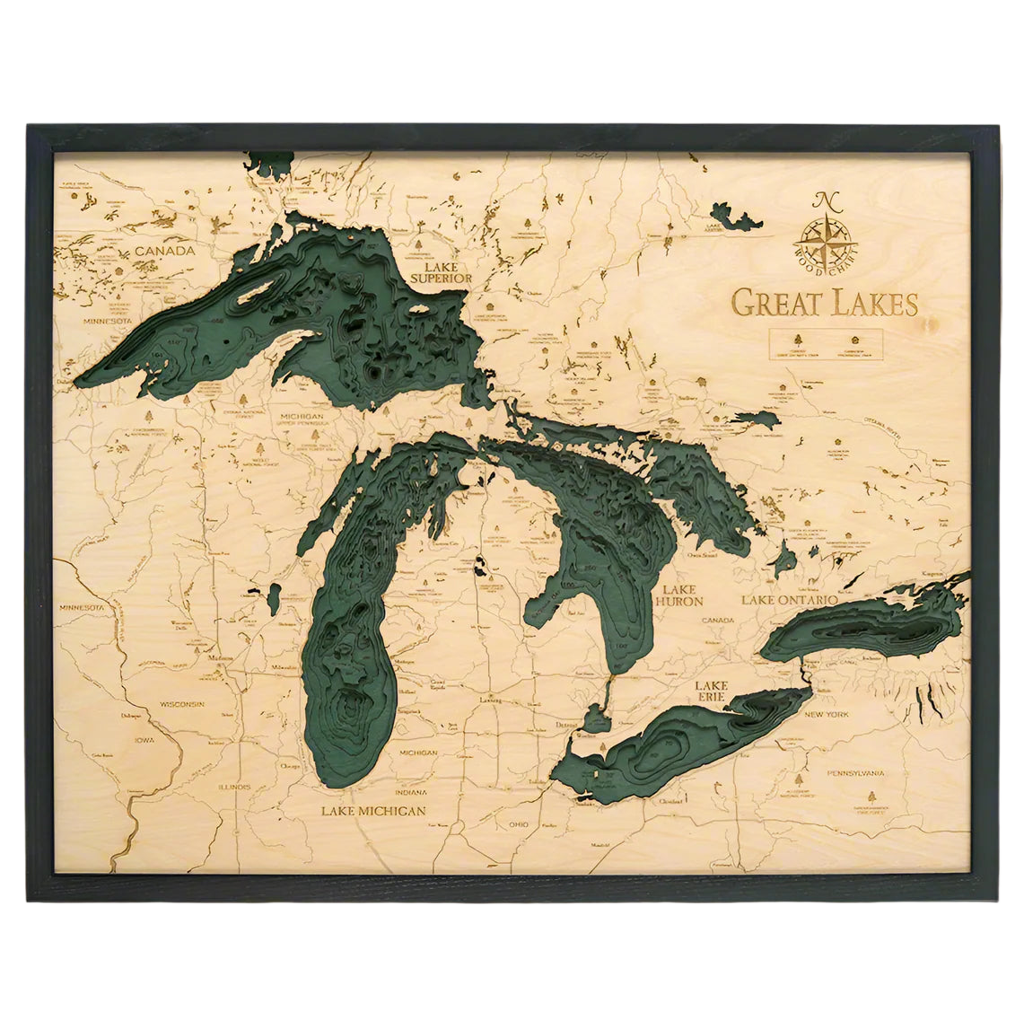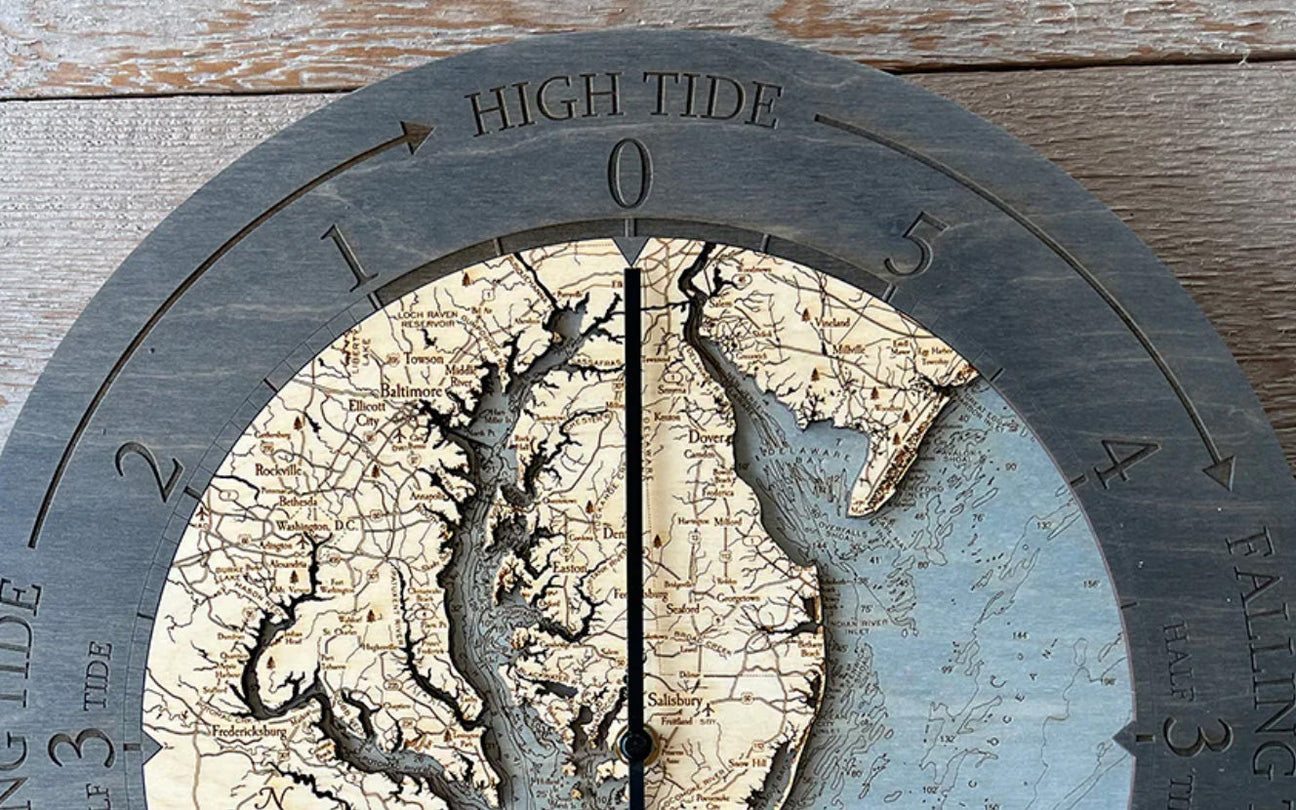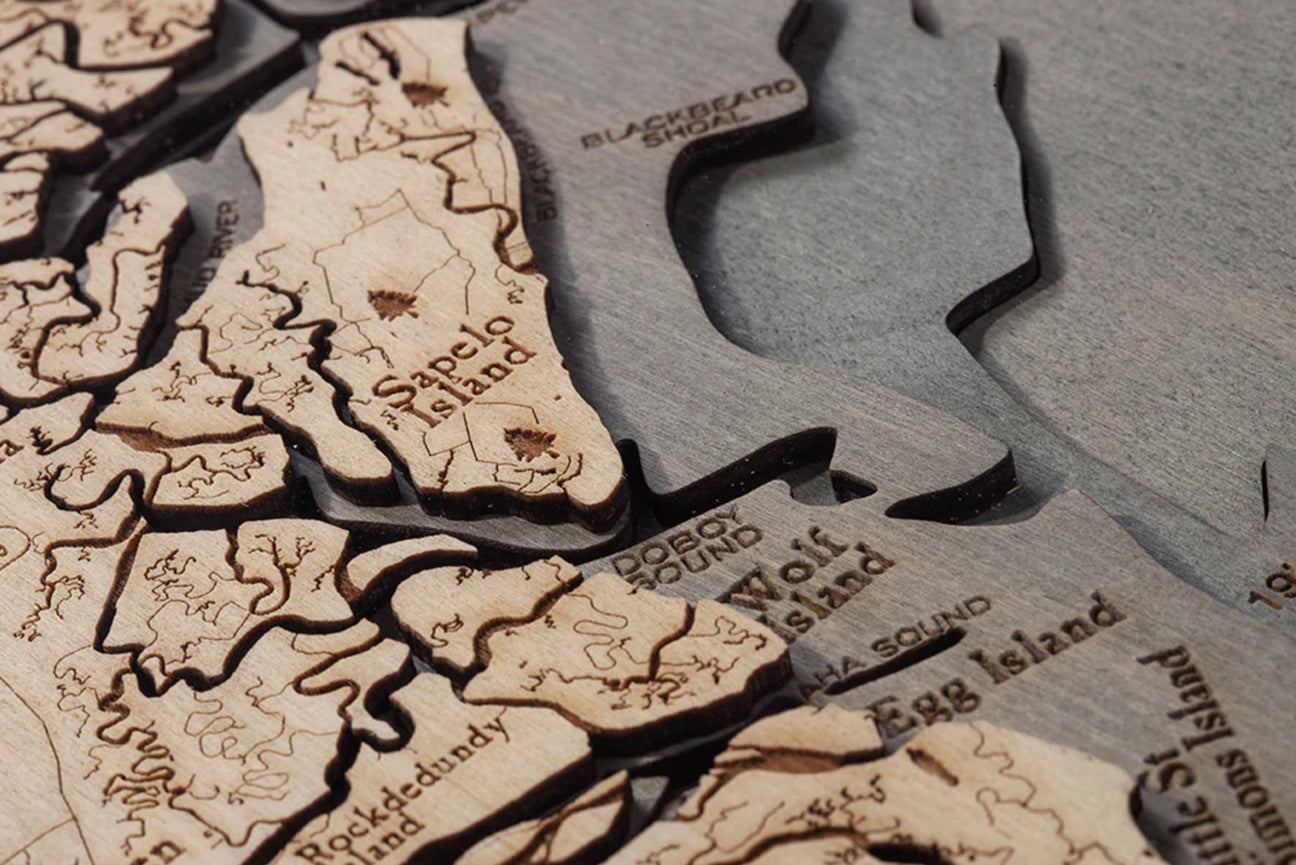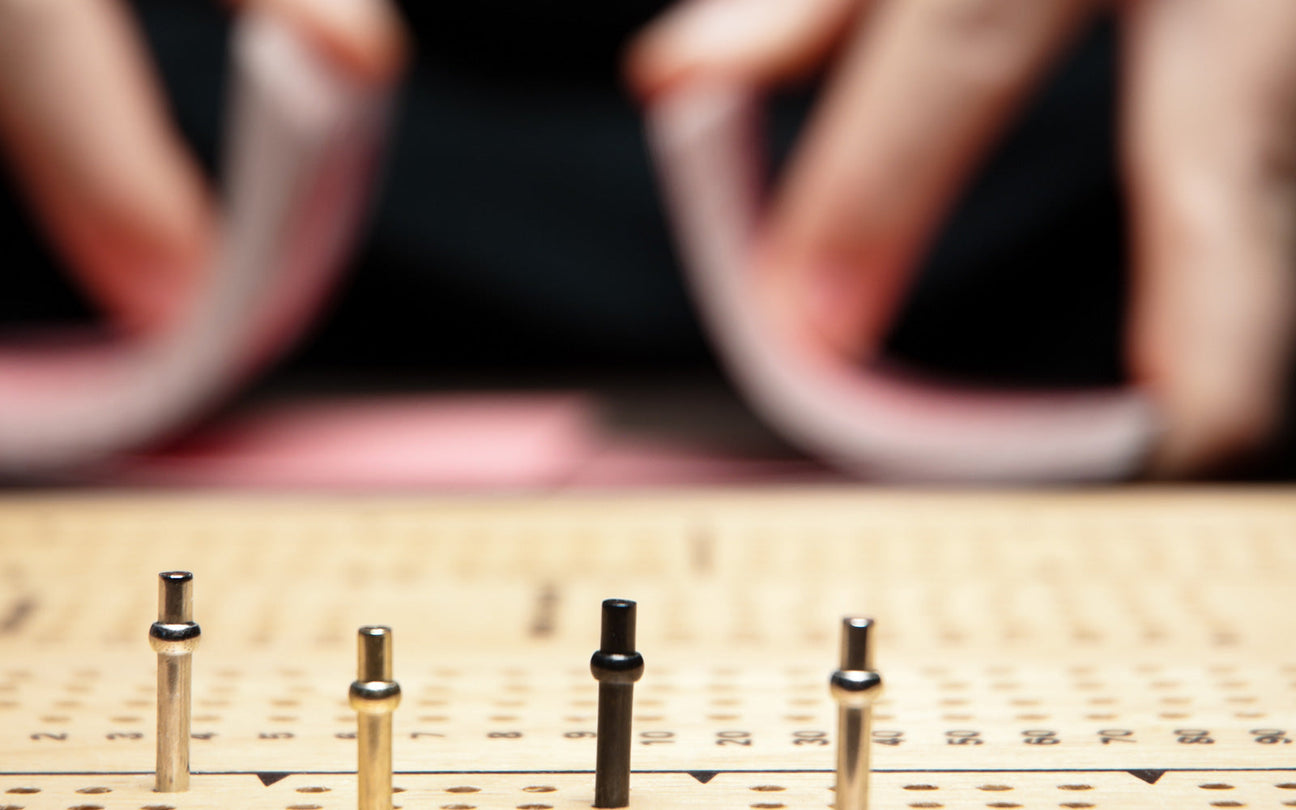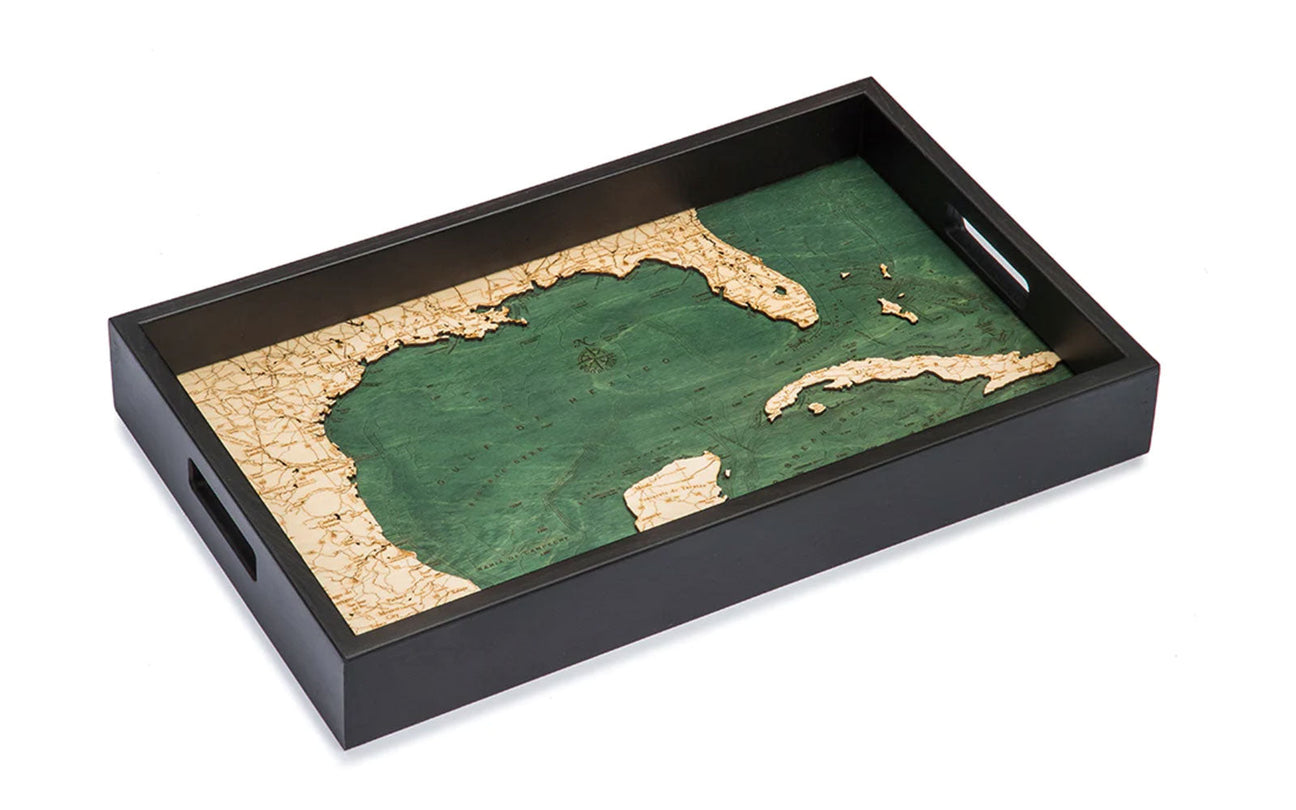The love of art and enjoyment of history come together in intricately etched wood art featuring an alcohol still. Etched patent art is a classic addition to any home that celebrates the Noble Experiment of the temperance movement. It celebrates ingenuity at a time in our history when rights were being tested, and sheer will was a superpower. What a conversation starter!
Patent art is like the party guest that always has something interesting to say. Each laser-cut detail brings to light a new topic of discussion. It is easy to get lost in the intricacy of the equipment, but the historical events that made the invention necessary are worth discussing over a glass or two of your favorite distilled beverage.
What is an Alcohol Still?

The alcohol still became a thing in the 1880s. Built to distill spirits during the time of Prohibition, this equipment enjoyed its height of popularity during a time when drinking “stimulating liquors” was discouraged. Temperance advocates urged people to drink wine and beer rather than spirits, which opened up a great opportunity for stills throughout the world.
An alcohol still is used to distill liquid mixtures by bringing them to a boil and then cooling to condense the vapor. Alcohol boils at a lower temperature than water, so an alcohol still can separate the alcohol from the water by applying heat. The chambers and pipes that are etched into a wood art replica of the patent clarify the improvements made in separating ethanol and water, creating a distilled spirit.
When was the Alcohol Still Patented?
On June 8, 1880, three men from Cincinnati registered the patent for the first alcohol still. Their invention was an improvement on what was then known as a “continuous still." The men distinguished their alcohol still from previous stills with the introduction of a series of chambers within the still which focused steam and vapor pipes to heat the beer or mash to produce spirits.
Wood art of the alcohol still shows intricately etched details of these chambers and pipes, visually explaining the steps of distilling from top to bottom. In the past, alcohol such as wine and beer had been created by fermentation and consumed for thousands of years. But distillation was a relatively new process to create more concentrated alcohol.
How Does an Alcohol Still Work?
Stills are made up of three parts: the still, the condenser, and the receiver. The still heats the liquid, and the receiver collects the distillate at the end of the process. Mash, or a fermented base spirit, starts in the still and is heated at a low temperature, vaporizing the alcohol, and creating ethanol condensation.
Steps to Distill Alcohol
- Prepare the mash
- Fermentation
- Distillation
- Aging
- Bottling
Unlike undistilled alcohol, the distillation process creates a high Alcohol by Volume (ABV) that acts as a natural preservative. This allows the shelf life of a distilled beverage to be much longer than wine or beer after the bottle is opened. You can enjoy distilled spirits over a long period of time (or as long as you can make them last!).
What is the Difference Between Distilled and Non-Distilled Beverages?

Distilled beverages experience a process that removes water and other components, making the alcohol content of the drink higher and stronger. Non-distilled drinks have little to nothing done to them past the fermentation process. During fermentation, the sugars and starches are converted by bacteria and yeast into ethanol, a consumable form of alcohol.
Distilled Beverages
- Brandy
- Gin
- Rum
- Vodka
Non-distilled Beverages
- Beer
- Hard cider
- Mead
- Sake
- Wine
While the resulting ethanol alcohol is safe to drink, it is best to moderate consumption. Its two poisonous counterparts, methanol and isopropyl alcohol, are unsafe for human consumption, and ethanol is best when not consumed in large doses.
Why Alcohol Distillation?

The history of distillation started almost as early as the beginning of time itself. Even Aristotle suggested that seawater can be made potable, and wine and other liquids made according to the same process as far back as the fourth century BC. Likely, distilling alcohol has its roots in the humble process of creating potable water; however, in true human fashion, a more spirited endeavor arose.
There is a distinct difference between fermentation and distillation. Fermentation happens naturally, and so therefore, no one “discovered” or invented alcohol. Distillation processes have been changed and improved throughout the years, but distillation itself has concentrated the alcohol and made it stronger.
What Makes an Alcohol Still Interesting Wood Art?
An alcohol still makes an interesting addition to a wood art collection because it symbolizes the saying, “necessity is the mother of invention.” During a time when temperance advocates were encouraging non-distilled beverages, the alcohol still became necessary.
In this bold wood art, its revolutionary details are captured in Baltic birch. Each level, pipe, gauge, and coil are identified and beautifully laser cut into the wood and stained to catch the eye. Patent art reveals a new layer of interest each time you gaze at the framed piece.
Does Patent Art Make a Good Gift?
Patent art is a meaningful gift, particularly for someone who is interested in history and how things are made. Any patent that is presented as wood art is a great addition for any wood art collector and history enthusiast. The detail of each laser cut that brings the patent to life is a gift that keeps on giving.
Quality patent art is a popular trend in home décor. People are drawn to the connection between ingenuity and art, history and necessity, innovation and beauty. Wood art that features a patent of specific interest is the ultimate gift for a patent art collector. And art that celebrates a popular pastime for over half the citizens of the U.S.? Cheers to that!
Patent art is meant to be displayed and appreciated. A well-placed piece of wood art in any home décor is an instant conversation piece that connects art lovers and history enthusiasts. The United States has been celebrating ingenuity and issuing patents since 1790. Bring the intricate details of the best inventions from the past to your home with stunning patent art.



